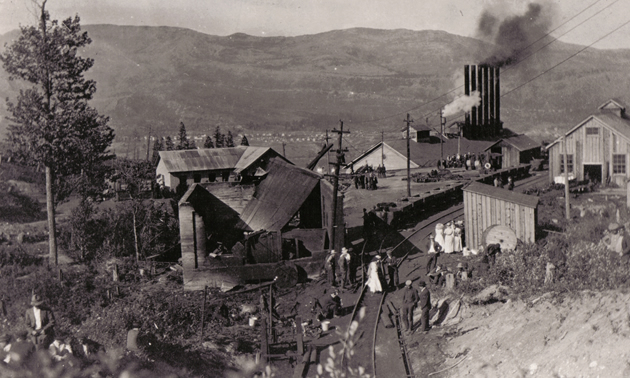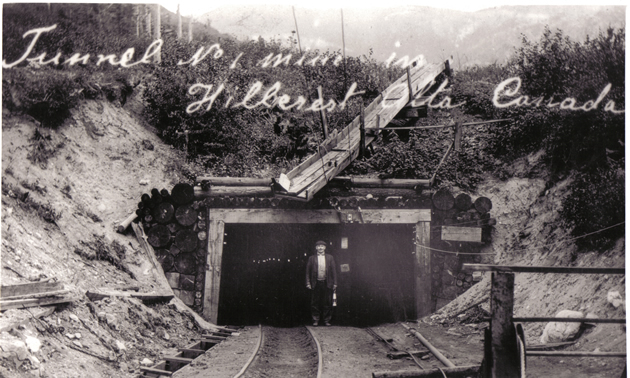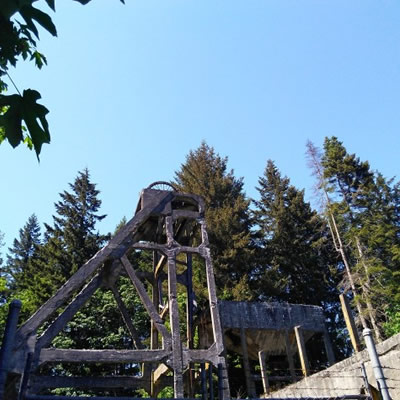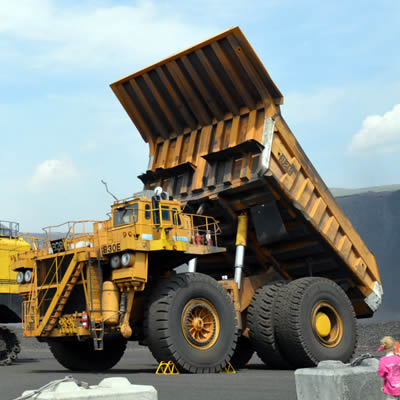Remembering the Hillcrest mine disaster
On June 19, 1914, the worst mining disaster in Canadian history occurred in Hillcrest, Alberta.
On June 19, 1914, the worst mining disaster in Canadian history occurred in Hillcrest, Alberta, just seven weeks before the outbreak of the First World War. A total of 189 men died, 90 women were widowed that day and nearly 250 children lost their fathers. It was the largest loss of life in a mine disaster in Canadian history.
This year marks the 100th anniversary of the disaster, so an important event has been planned. The Hillcrest 100th Commemorative and Spirit of the Coal Miner Celebration will take place in Crowsnest Pass, Alberta, from June 18 to 20, 2014.
Cathy Pisony is the coordinator of special events and marketing at the Frank Slide Interpretive Centre. She said the effects of the Hillcrest Mine disaster on the community cannot be underestimated.
"One hundred and 12 victims of the disaster are buried in two mass graves, and 31 more in familial and fraternal plots in the Hillcrest Cemetery," said Pisony. "Ninety women lost their husbands that day, and 250 children were left fatherless. Everyone in the town of Hillcrest and the communities of the Crowsnest Pass lost someone they knew or cared for on June 19, 1914. The magnitude of the Hillcrest Mine Disaster had a prominent effect on industry standards we take for granted today concerning worker’s compensation, occupational health and safety and mining regulations."
According to Pisony, the disaster at Hillcrest was a major factor that prompted the Canadian government to make massive changes to the Workers' Compensation Act just four years later, in 1918. At the time of the disaster, the liability of the company had to be proven in court by the injured person or by the dependent of the injured person in order to receive any compensation whatsoever.
The Crownest Pass area had seen tragedy just before this disaster as well. On April 29, 1903, 90 million tons of rock fell from the summit of Turtle Mountain; it covered part of the town of Frank and killed upwards of 90 people. Then in December 1910 a massive explosion ripped through the Bellevue Mine, taking the lives of 31 men. Just four years after the Bellevue Mine explosion and 11 years later after the Frank Slide, tragedy on a massive scale once again struck the Crowsnest Pass with the Hillcrest Mine disaster, just three kilometers south of Bellevue and less than four kilometres east of Frank.
A historic event
"The Hillcrest 100th anniversary event will highlight the tragic and amazing story of the 1914 Hillcrest Mine Disaster," said Pisony. "New interpretive exhibits are being developed at the Frank Slide Interpretive Centre as well as the Crowsnest Museum. The Bellevue Underground Mine gives visitors the opportunity to experience an underground mine first-hand and a guided tour through the Hillcrest Cemetery and the abandoned Hillcrest Mine site gives visitors a comprehensive view of what it was like for the people of Hillcrest and the surrounding community when the explosion took place in 1914."
Over the last 15 years the Hillcrest Committee has raised approximately $500,000 to establish an interpretive experience at the Hillcrest cemetery and part of the event will highlight the unveiling of the last stage of this process. Musical entertainment for the event will include the Coal Creek Boys, Maria Dunn, Connie Kaldor, James Keelaghan and Tim Hus. There will be outdoor concerts, dances, barbecues, a parade, family activities, guided hikes, horsedrawn tours, ball games and much more.
"Death in an underground coal mine was not an unusual thing at that time and these families lived knowing that every time their loved ones went underground there was a possibility of them not returning," said Pisony. "It is important to remember the sacrifices on which our country was built, the families that were the pioneers of our communities and the history they created. This is why we hold a commemorative event for the Hillcrest Mine Disaster. The miners and their families knew the dangers of working underground and therefore they also knew it was important to enjoy life. Picnics, sports, dances, music and enjoying the great outdoors were all vital aspects of their lives. This is something we also celebrate today and that is why these activities are all a part of the event that will be taking place this June."
For a full schedule of events and more information on the Hillcrest Mine Disaster commemoration, please visit hillcrestmine100 or call the Frank Slide Interpretive Centre at 403-562-7388 or email [email protected].






